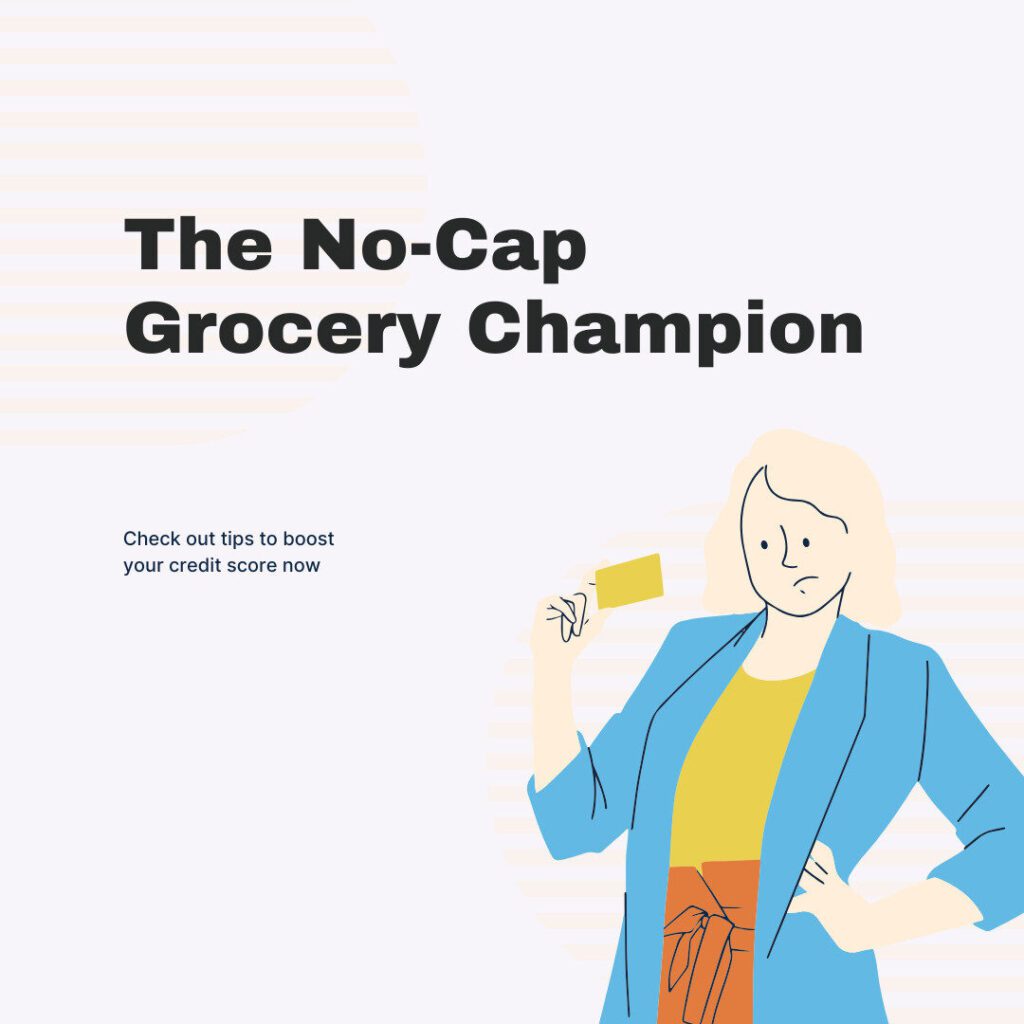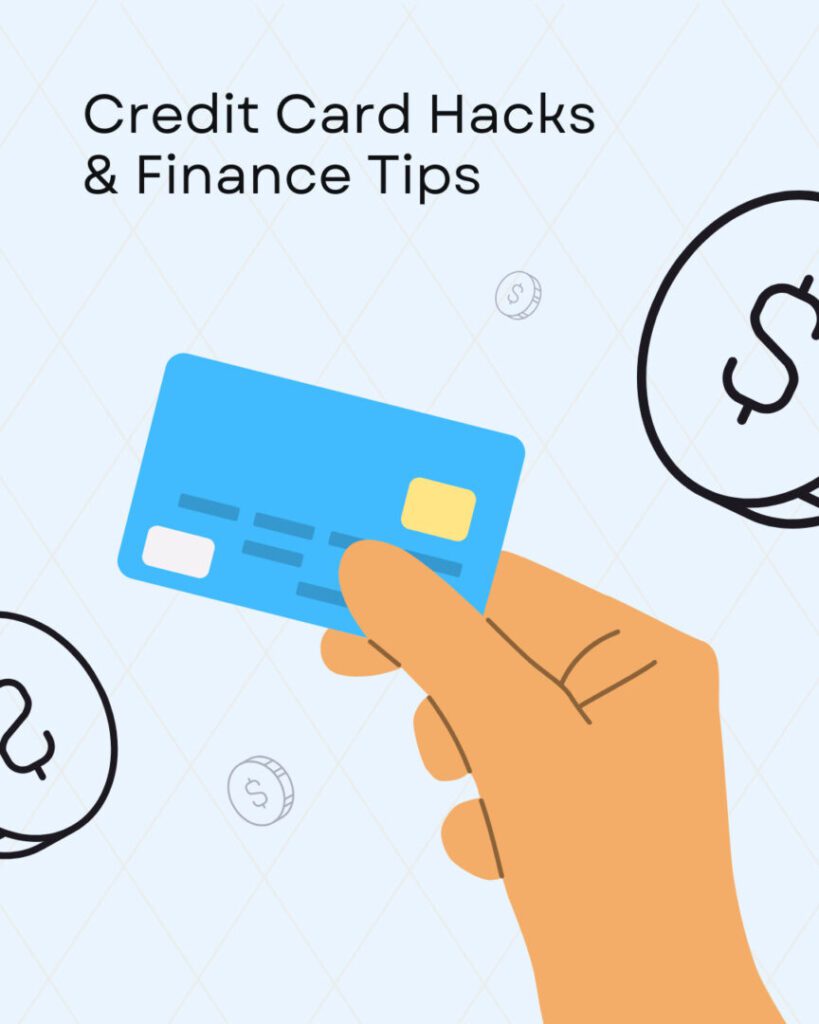
Introduction: Why Groceries Deserve a Special Card
For most American households, groceries aren’t optional. They’re life’s recurring heartbeat. Milk, bread, fresh produce, cereal for the kids, coffee to fuel long mornings—these costs show up week after week. According to recent surveys, the average U.S. household spends thousands of dollars each year on groceries, and with inflation reshaping prices, that number keeps climbing. Discover the best cashback credit cards for groceries in the USA for 2025. Learn how these cards maximize rewards, save families money, and fit different lifestyles.
So here’s the question: if groceries take such a large slice of your budget, why not make them work for you?
That’s where cashback credit cards for groceries step in. These cards don’t just process transactions—they pay you back for everyday spending. A family that spends $600 a month on groceries can potentially earn hundreds of dollars back each year with the right card. That’s like having a built-in discount, every single week.
But not all cashback credit cards are created equal. Some give higher percentages at supermarkets, others offer rotating categories, and some combine groceries with dining or gas. The trick is finding the card that matches your household’s grocery habits.
Why Focus on Grocery CASHBACK?
Let’s break it down.
- Recurring Expense – Unlike travel or luxury spending, groceries are consistent. Cashback here means guaranteed rewards.
- Inflation Shield – Prices are rising. Cashback offsets the extra dollars you’re forced to spend.
- Low Risk – You don’t have to change your lifestyle to earn rewards—you’re already buying food.
- Flexibility – Cashback is simple. Unlike miles or points, you don’t need to worry about blackout dates or redemption partners.
When people first realize they can earn 3%, 5%, or even 6% back on something as basic as groceries, it feels like discovering free money hiding in plain sight.
Understanding Cashback Structures
Before diving into the best grocery cashback cards, let’s decode how these rewards systems typically work.
- Flat-Rate Cashback: A fixed rate across all purchases (e.g., 2% everywhere). Easy to understand but may not maximize groceries specifically.
- Tiered Cashback: Higher rewards on groceries, lower on other categories (e.g., 6% groceries, 1% others). Perfect for families who want targeted value.
- Rotating Categories: Certain cards give bonus cashback on groceries during specific quarters. Requires timing but can yield big rewards.
- Caps & Limits: Some cards cap grocery rewards at $6,000/year or similar. After that, the rate drops.
Knowing which system fits your spending habits is step one to picking the right card.
Section 1: The Heavy-Hitters – Cards Known for Grocery Cashback
Let’s spotlight the credit cards in the U.S. that have built reputations around exceptional grocery rewards.
Card A: The High-Percentage Grocery Specialist
- Grocery Cashback Rate: Around 6% on U.S. supermarkets.
- Annual Cap: $6,000, then drops to 1%.
- Other Perks: Streaming and transit bonuses.
- Best For: Families who spend heavily on groceries but stay within the cap.
Imagine a family of four spending $500 a month at grocery stores. That’s $6,000 a year—right at the cap. With 6% cashback, that’s $360 back, year after year.

Card B: The No-Cap Grocery Champion
- Grocery Cashback Rate: 3% unlimited.
- Other Categories: Extra cashback on dining and gas.
- Best For: Households who shop at supermarkets without wanting to track caps.
Card C: The Rotating-Category Star
- Grocery Cashback Rate: 5% during select quarters.
- Base Rate: 1% otherwise.
- Best For: Flexible shoppers who maximize quarterly categories.
Used strategically, this card can supercharge grocery cashback for three months out of the year. Pair it with a flat-rate card for the rest of the year, and you’ve built a smart system.
Card D: The Flat-Rate Simplicity Card
- Cashback Rate: 2% on everything.
- Best For: People who want zero mental load.
Section 2: Matching the Right Card to Your Lifestyle
Choosing the “best” card depends on you.
- Families with Kids: A high-percentage capped card makes sense—your grocery bill is steady.
- Singles or Couples: Maybe you don’t hit the cap, so a tiered or rotating card works fine.
- Big Spenders: Go unlimited with a no-cap grocery card.
- Minimalists: Flat-rate everywhere keeps life simple.
Budgeting meets psychology here. It’s not about squeezing every penny but finding a card that makes saving feel effortless.
Section 3: The Math Behind Grocery Cashback
Let’s run some scenarios.
Example 1: Family of Four Spending $800/Month on Groceries
- Annual Spend: $9,600
- With 6% Capped at $6,000: $360 cashback + $36 on the remaining $3,600 = $396 total
- With Unlimited 3%: $288 cashback
- With Flat 2%: $192 cashback
Here, the capped 6% card wins.
Example 2: Couple Spending $400/Month on Groceries
- Annual Spend: $4,800
- With 6% Capped: $288 cashback
- With Unlimited 3%: $144 cashback
- With Flat 2%: $96 cashback
Again, the 6% capped card is stronger.
Example 3: Big-Spending Household ($1,200/Month)
- Annual Spend: $14,400
- With 6% Capped: $396 cashback (as shown earlier).
- With Unlimited 3%: $432 cashback.
- With Flat 2%: $288 cashback.
Here, unlimited 3% beats capped 6%.
Section 4: Beyond Groceries – Hidden Value
Many grocery cashback cards add extra perks that families sometimes overlook:
- Streaming services cashback – Useful if you’re subscribed to Netflix, Spotify, or Hulu.
- Gas station rewards – Perfect pairing with grocery runs.
- Transit benefits – Bus, subway, rideshare cashback.
- Purchase protection – Refund or replacement on damaged goods.
When comparing cards, these benefits can tip the balance.
Section 5: Strategies to Maximize Grocery Cashback
- Pair Cards – Use the grocery specialist for supermarkets, and a flat-rate card for everything else.
- Stack Rewards – Combine credit card cashback with grocery store loyalty programs or apps.
- Plan Big Shops During Bonus Months – With rotating category cards, stock up on bulk items when groceries earn 5%.
- Avoid Overspending – Cashback only works if you pay your balance in full. Interest wipes out rewards.
Section 6: The Psychology of Grocery Cashback
There’s something emotionally satisfying about seeing cashback roll in for groceries. Unlike airline miles or hotel points, cashback feels real. You can use it to:
- Pay down the card balance.
- Save for a family trip.
- Cover holiday grocery splurges.
- Fund an emergency stash.
Section 7: The Future of Grocery Cashback in the USA
In 2025, trends suggest:
- More digital integration – Cards syncing directly with budgeting apps.
- Higher inflation response – Issuers offering stronger grocery categories to attract families.
- Flexible redemption – Cashback that can instantly apply at checkout.
- Eco-linked rewards – Bonuses for buying organic or sustainable groceries may emerge.
The grocery category isn’t just popular—it’s essential. Credit card companies know this, and competition keeps getting fiercer.

Section 8: A Day in the Life with a Grocery Cashback Card
Let’s walk through a micro-story.
Sarah, a teacher in Ohio, spends about $650/month on groceries for her family. She picked a card with 6% cashback capped at $6,000 a year. At the end of the year, she has $360 in rewards. Instead of spending it right away, she uses it to cover Thanksgiving groceries. That holiday meal feels different—not only did she save money, but her credit card literally paid for the turkey.
That’s the magic of everyday cashback.
Section 9: Avoiding Common Pitfalls
Even the best cashback card can backfire if you:
- Carry a balance and pay interest.
- Overspend just to “earn rewards.”
- Ignore annual fees (make sure rewards outweigh them).
- Shop at non-qualifying stores (some cards exclude warehouse clubs).
Section 10: Building Your Grocery Cashback Strategy
Here’s how to decide:
- Track your grocery spending. Know your monthly average.
- Check where you shop. Some cards exclude superstores like Walmart or Target.
- Decide if you’ll hit the cap. Under $6,000/year? Go with the 6% card. Over $6,000/year? Unlimited 3% might win.
- Consider lifestyle perks. Streaming? Gas? Dining?
- Choose simplicity or optimization. Be honest about how much effort you’ll put in.
Groceries are life’s unavoidable cost—but with the right credit card, they become an opportunity. Whether you want maximum cashback percentages, unlimited rewards, or simplicity, there’s a grocery-focused card that fits.
The key is to align your card with your habits. When your credit card works with you instead of against you, every grocery trip becomes more rewarding.
And in a world where food prices aren’t slowing down anytime soon, getting money back for feeding your family isn’t just smart—it’s essential.
